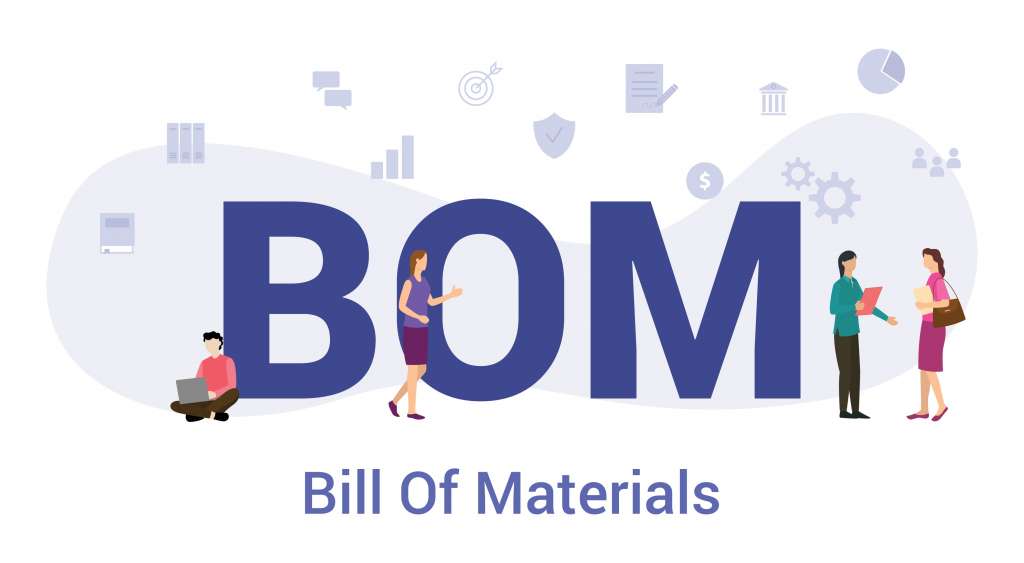How to Develop an SOP for Merchandisers?



Every business needs to plan and execute daily operations carefully to cater to its customers and meet its targets. The operations and the processes used to execute them depend on the business size, the products or services, and the customers.
However, each business is unique and caters to different segments. Therefore, owners must create and implement plans and strategies that align with their offerings and customers.
Developing and executing plans that steer businesses can be complicated. Several factors play a prominent role besides the products or services and target customers. This point is where Standard Operating Procedures (SOPs) come in handy.
SOPs are the steps that businesses may need to take to execute their plans. They can be common or segment-specific, tailored to cater to customer requirements.
What is a Merchandising SOP?
SOPs help in production and its planning, where businesses can design and execute tasks to meet sales targets. However, they are not business plans and merely act as a framework for the processes and execution.
An SOP provides a basic structure for operations. It is only a matter of figuring out the elements that go into it, how, and where to place them so that everything goes according to plan.
When one thinks of the merchandising sector, for example, the elements that make up the SOPs may include:
- BOM (Bills of Materials)
- TNA (Time and Action Calendars)
- The fabric or material
- Production files
- Pre-Production meetings
Factors to Consider When Writing a Merchandising SOP
Designing and implementing merchandising SOPs in a factory setting becomes easier when export sizes are small. However, for larger businesses, it can be a complex process that may require expertise in different areas.
Also, one will need to analyze various aspects and how they impact the production process. Moreover, the drafts also need approvals before they can integrate different elements into the production process. All these steps can take time.
Although this task may seem cumbersome, one can make it easier by standardizing the elements that go into SOPs. These elements can be specific to the business segment. Or, one can make standard SOPs work across departments.
Here are the four crucial aspects in an SOP.
1. Timelines
Apparels and merchandising accessories come with timelines, where they will need to get customers' orders per their requirements. So, every step in the process should move like clockwork, from inventory recording to packing, shipping, and returns.
The timelines for every step, including deliveries, should match customer expectations. Hence, one will need to map them out in the SOPs accordingly.

2. Revisions
Every production plan needs changes depending on customer expectations and preferences.
For instance, customers may cancel their orders, but the products are already on their way. So, one will need to design and implement flexible SOPs that can handle these challenges by switching out processes, and tasks, as required.
Likewise, factor in other such challenges before implementing processes to tackle them.
3. Approvals
Approvals play a prominent role in production planning, as they get products from the design phase to completion. Typically, approvals take time as the process involves many aspects, such as quality, the customers and their preferences, and stock.
Everything from production planning to its implementation to delivering the product depends on approvals. So, being well-acquainted with the approval process is crucial.
4. Tasks and Responsibilities
SOPs should outline the tasks that go into the production planning process and its execution. They should also mention the marketing aspect and the responsibilities of staff members in completing them. Moreover, each task needs to be alloted a timeline, manpower, and other resources that help production processes move.
How to Write an SOP for a Fashion Brand?
Knowing what goes into writing SOPs for a merchandising brand is critical. However, one will still need to put the elements in their places to create an ideal plan.
It may not be possible to change all the elements of the SOPs due to the effects they can have on the production process. However, people can still make minor tweaks when implementing them without disrupting production processes. Follow these steps to do that.
1. Preparing the BOM
Organizations will need to prepare the Bill of Materials (BOM) as soon as they receive the order requests. BOMs help accounts for every aspect of the production process, including the product, the components that make them, and their costs.

Likewise, other elements to consider are:
- Most merchandisers get only two days to prepare the BOMs after receiving the orders. So, depending on the quantity, teams may need to be quick here.
- One might also want to pay attention to the BOM format that the company or unit follows and incorporate them into the SOPs.
- The materials that go into making the products and their trims, or quantities, are two other essential aspects that one must consider when preparing the SOPs.
- Merchandising SOPs should also include the rates of all the items used for production and the total cost.
- Once the drafts are ready, they can be sent to the concerned departments for evaluation and make changes and corrections, as required.
- One can send the BOMs for approval after incorporating the changes or corrections.
2. Preparing the TNA Calendar
Merchandisers must also prepare the TNA (Time and Action) calendar and incorporate it into the SOPs. The TNA depends on several factors, including the orders and their execution.
- Begin with creating the TNAs only after receiving requests and getting them confirmed.
- Most production units allow only a day to submit the first draft after receiving the order.
- Discuss order requirements and production processes with the concerned departments before preparing the calendars or zeroing in on the elements that go into them.
- Modify or update TNA Calendars, per the concerned departments' suggestions.
3. Preparing Production Files
Production files outline the processes for making and marketing the products and their execution. Use them to let the management know about the production processes they intend to follow during the PP meetings. They can suggest changes, depending on team inputs, if required.
4. Getting the Bulk Fabric and Trims Approved
The merchandising SOPs should include the plan for sourcing the fabric or material required and the quantity. The amount of material depends on the customers and based on their order requirements.
5. Conducting PP Meetings
Production Planning is a vital merchandising aspect. It helps people identify the different elements that go into the process, such as cutting and finishing. So, one will need to discuss with the respective departments how to design the production plan and input them before putting it into action.
The production process almost always involves sourcing the fabric or material and the equipment or machinery required. So, PP meetings should give an idea about what materials can be used and how and where to get them.
Final Thoughts
It takes lots of time and effort to master the art of writing merchandising SOPs. A lot goes into the production process. So, one will need to get inputs from each department and analyze them before creating the processes.
The team will also need to consider the different elements that go into the SOPs. These aspects include their structure or the order in which they will need to be executed to get the desired final product. Fashinza aims to help merchandisers will create and manage their production process and grow their business manifold. Partner with Fashinza now!




















